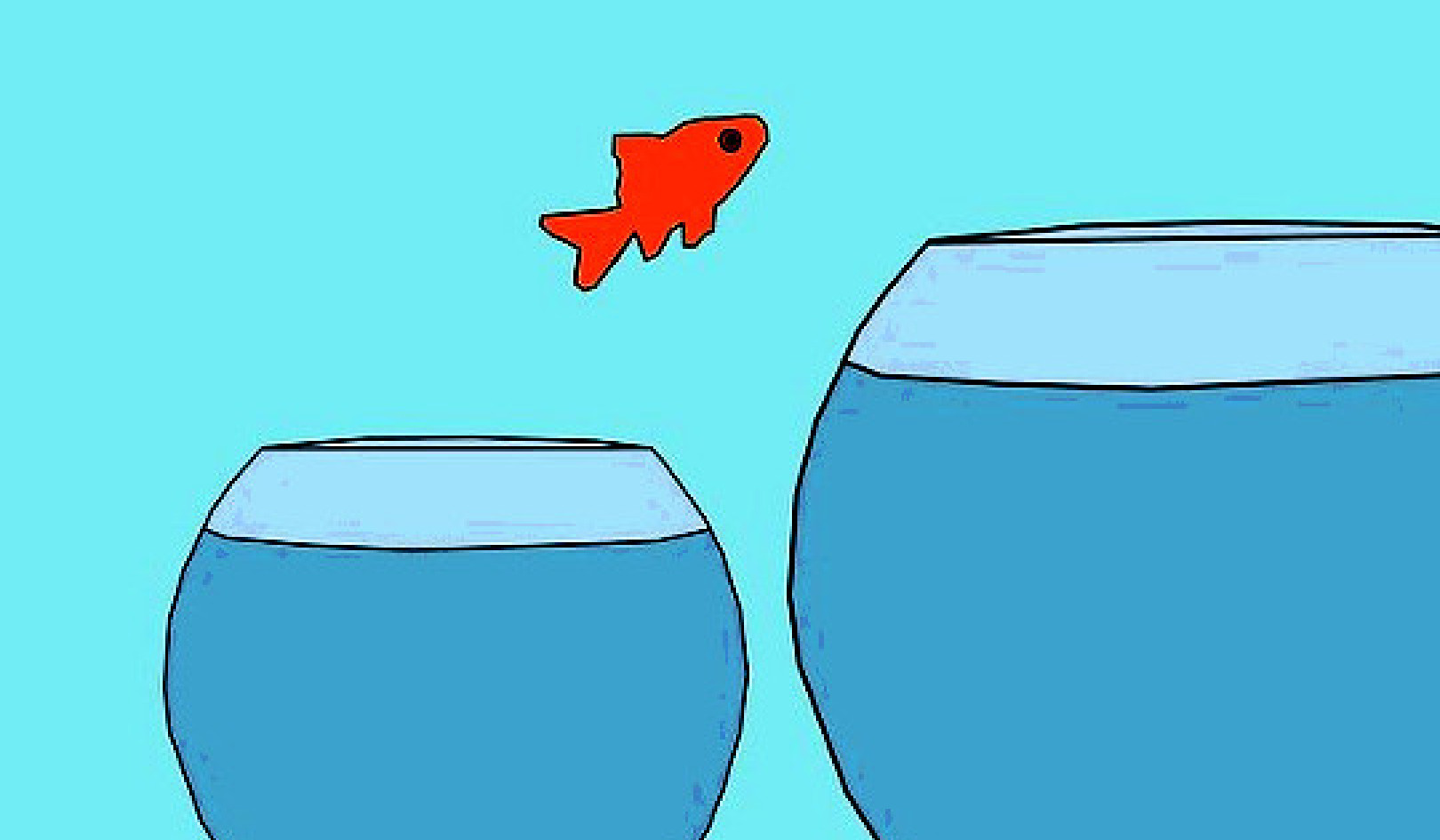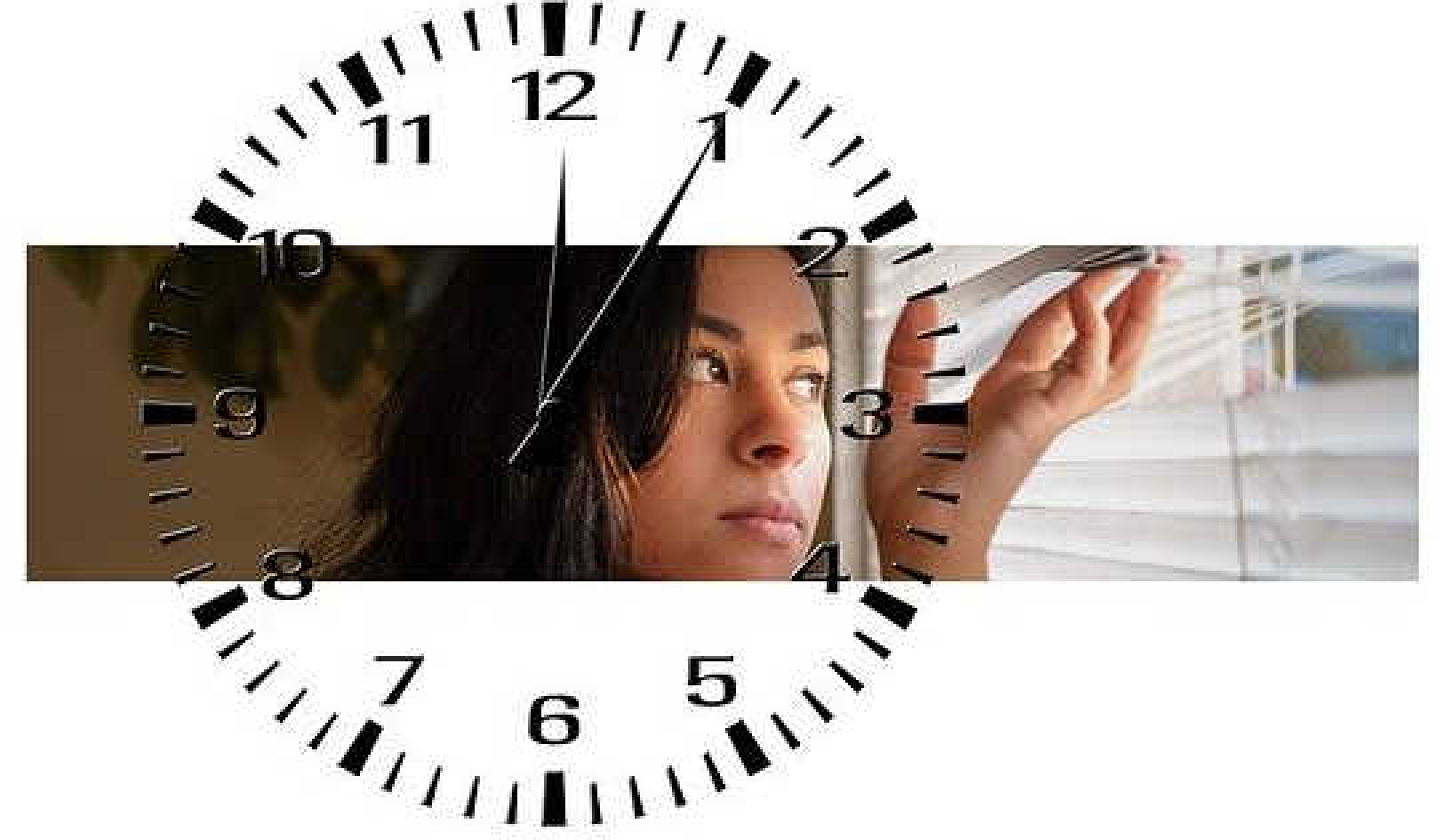
Image by Maike und Björn Bröskamp
“After the pandemic is over” must be one of the most frequently uttered phrases of 2021. I am certainly guilty of this kind of optimism, longing for the day when I can get on a plane, have dinner with my friends, and cuddle all the new babies I know who have been born under the restrictive eye of COVID-19.
In February, the UK government unveiled a four-step plan to ease England’s lockdown restrictions by June 21, 2021. While the prime minister has cautioned that the country’s path out of the pandemic will be driven by “data not dates”, his restraint has had little impact, it seems, on the population’s excitement levels. Memes and social media posts immediately proliferated, with people booking flights, planning parties, and taking time off work in anticipation of future freedom.
Looking ahead to the end of the pandemic is not confined to the UK, and as the vaccine rollout proceeds (albeit unevenly), people across the world are turning their attention to celebration and relief. However, history tells us that the end of pandemics are rarely – if ever – neat, uncomplicated, or even easy to date.
Past pandemics
The misleadingly named Spanish flu pandemic of 1918 was the deadliest in history. It infected around 500 million people worldwide and killed anywhere from 20 million to 50 million. Much like today, citizens were subjected to social restrictions and ordered to wear masks. The pandemic abated, but identifying its precise end is almost impossible.
In 1920, several newspapers reported the reappearance of influenza. Around 5,000 cases were reported in Chicago in the space of six days, and theatres were ordered to close. Later that year, “drastic measures” were implemented to check the spread of flu in New York City after an emergency meeting of the transportation authorities, theatre and cinema owners, and the representatives of department stores. At around the same time, 60 people died from influenza in Paris.
Subsequent waves of the virus ripped through European and North American cities for years after the pandemic’s supposed end. As late as 1925, and in the space of nine days, 201 people in Chicago died from what the newspapers called a “highly contagious influenza epidemic”. It is hardly surprising, therefore, that there is little evidence in the historical record of parties to commemorate the end of the terrible virus.
Today’s coronavirus pandemic is, of course, different to the march of influenza around the globe in 1918 – not least because we have several highly effective vaccines. The jab is a powerful tool and so many people’s hopes for COVID’s end hang on this marvellous technology. However, while vaccines have played a crucial role in past efforts to control infectious disease, their ability to bring pandemics to a rapid and definitive close is much more limited.
Take polio, for example. A vaccine was developed for the disease in the 1950s. Its inventor Jonas Salk became an almost immediate American hero, but it took almost three decades for polio to be brought under control in Britain and there were no celebratory holidays marking the last naturally acquired infection in 1984.
The end of fear
Historians of medicine know that pandemics and epidemics are social phenomena. As a result, their endings happen in two ways. There is the medical conclusion of a pandemic, when disease incidence goes down and death rates plummet. But there is also the social end, when fear of the infection decreases and social restrictions ease.
Crucially, you can have one without the other. The rates of coronavirus might go down, fewer people will be hospitalised and die, people’s anxieties could ease, and life could return to normal – in that order. Or rates could stay the same, but people just get sick and tired of restrictions and launch themselves into the parties they had planned, regardless. Or rates could go down, but people remain fearful – anxious about returning to “normal life” and unable to let go of some of the precautions we have become accustomed to.
We also have to remember that coronavirus is a global disease and that different places will have varying social and medical conclusions to their respective versions of the pandemic.
Uneven geography
HIV/AIDS swept through Europe and North America in the 1980s and 90s. Infection rates have since dropped dramatically, and many HIV-positive people live long and healthy lives in developing countries. And yet, as of 2019, almost 40 million people are infected with HIV worldwide and we are still experiencing what the World Health Organization calls a “global epidemic”, it is just that the geographical scope of the disease has shifted.
As wealthier nations continue to vaccinate themselves out of restrictions, the ending of their pandemics might come relatively quickly. But what about the rest of the world? When will developing countries see a similar conclusion?
Wherever you look, there is unlikely to be a precise end date for the pandemic. We have only managed to successfully eradicate one disease (smallpox), and for every other epidemic or pandemic in history, their endings have been messy, protracted and uneven. While we all might need a dose of optimism, rather than planning parties or holidays, perhaps our time now would be better spent thinking about what kind of future we want to look forward to and how we put the lessons we have learned this past year into practice.
About the Author
Agnes Arnold-Forster, Researcher, History of Medicine and Healthcare, University of Bristol
This article is republished from The Conversation under a Creative Commons license. Read the original article.

Related Books:
Atomic Habits: An Easy & Proven Way to Build Good Habits & Break Bad Ones
by James Clear
Atomic Habits provides practical advice for developing good habits and breaking bad ones, based on scientific research on behavior change.
Click for more info or to order
The Four Tendencies: The Indispensable Personality Profiles That Reveal How to Make Your Life Better (and Other People's Lives Better, Too)
by Gretchen Rubin
The Four Tendencies identifies four personality types and explains how understanding your own tendencies can help you improve your relationships, work habits, and overall happiness.
Click for more info or to order
Think Again: The Power of Knowing What You Don't Know
by Adam Grant
Think Again explores how people can change their minds and attitudes, and offers strategies for improving critical thinking and decision making.
Click for more info or to order
The Body Keeps the Score: Brain, Mind, and Body in the Healing of Trauma
by Bessel van der Kolk
The Body Keeps the Score discusses the connection between trauma and physical health, and offers insights into how trauma can be treated and healed.
Click for more info or to order
The Psychology of Money: Timeless lessons on wealth, greed, and happiness
by Morgan Housel
The Psychology of Money examines the ways in which our attitudes and behaviors around money can shape our financial success and overall well-being.























